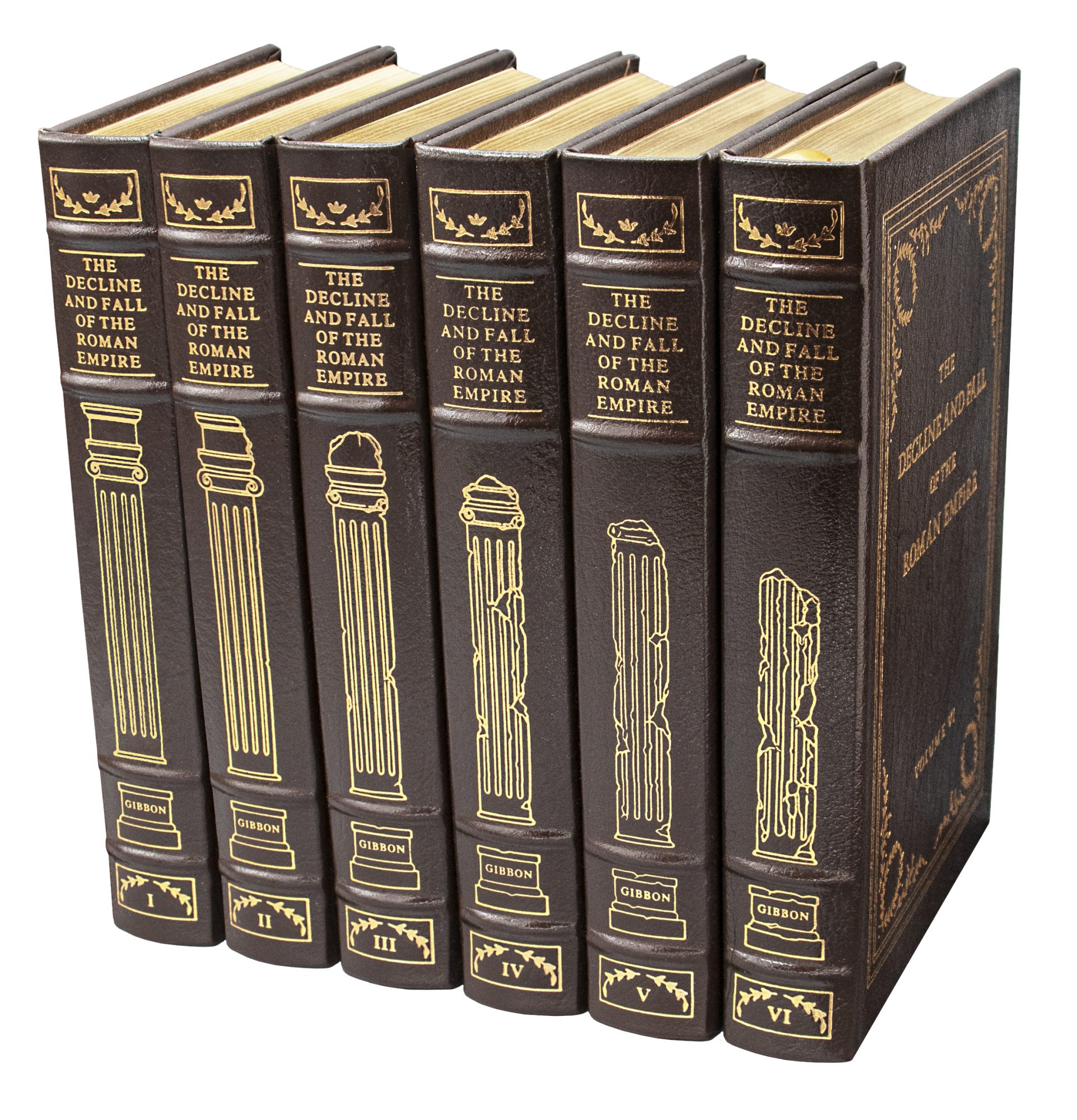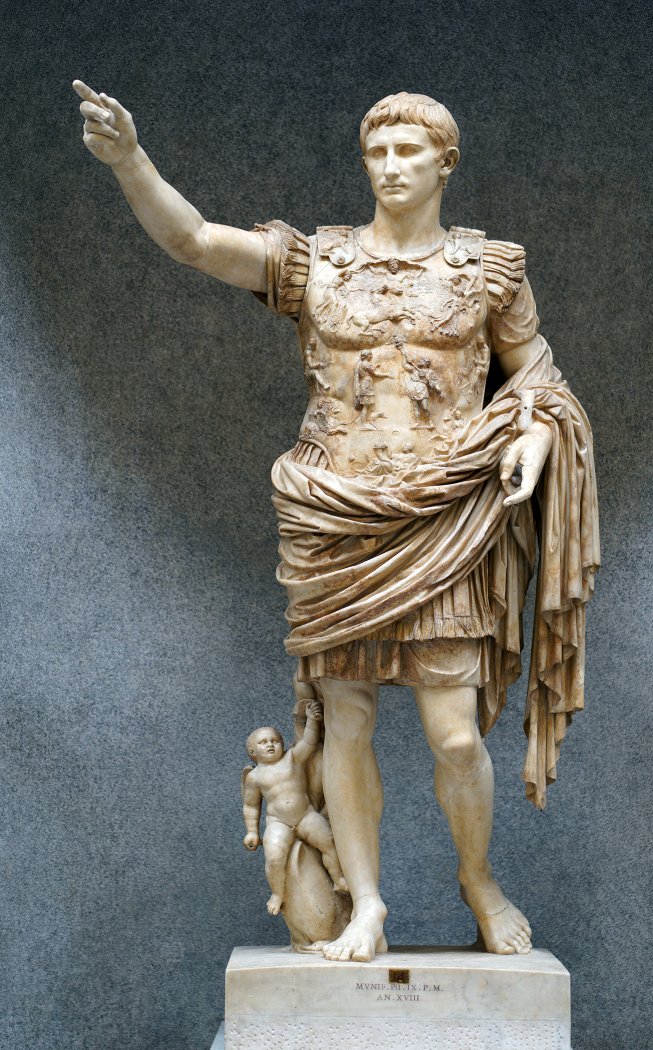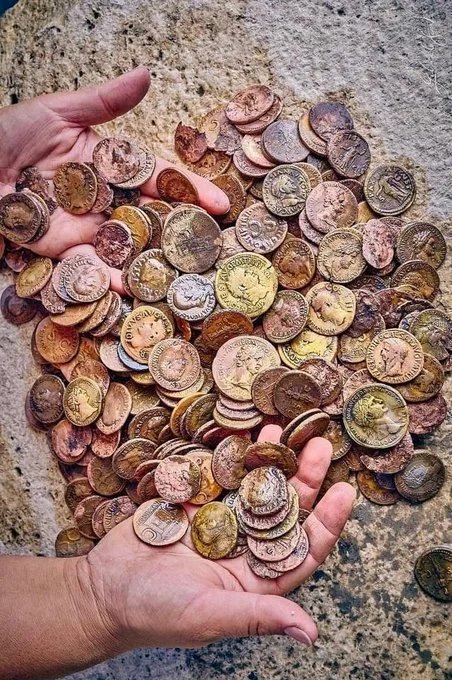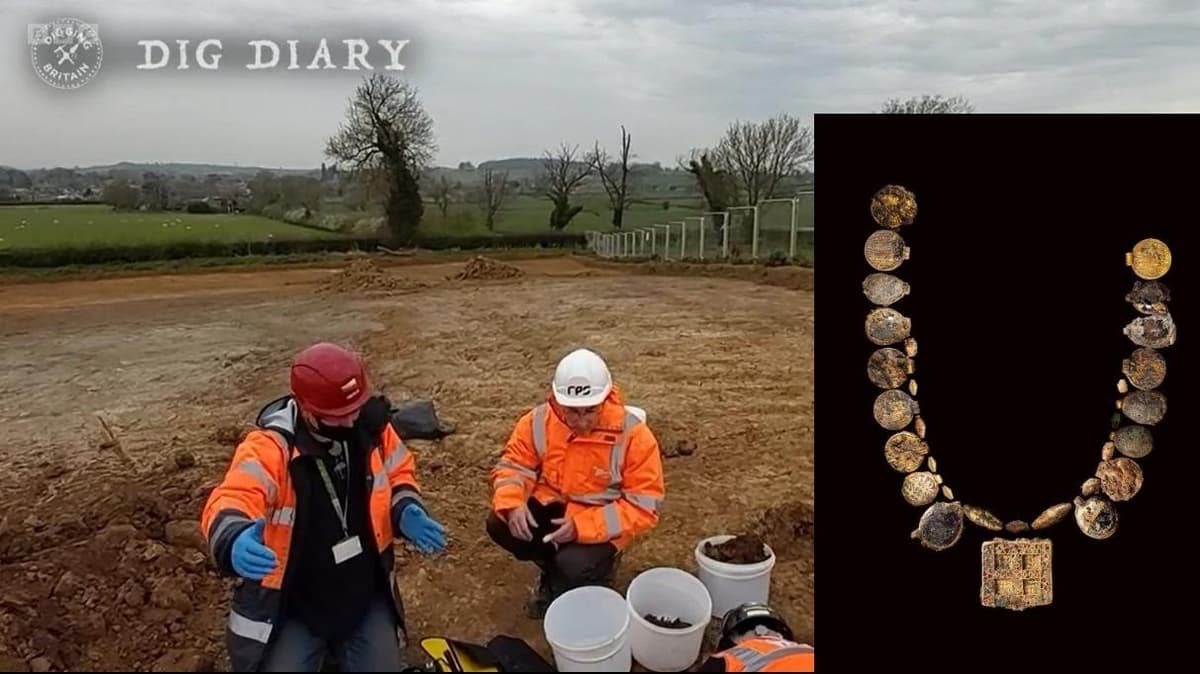There can be no question that the rise and subsequent fall of the Roman Empire is one of the most important stories in all of history. For a little village in the middle of the Italian peninsula to gain control of the entire Mediterranean and all the lands around it is a testament to the military technology and organization of the Roman people.

There’s no doubt that the Romans were brutal, conquering other nations one by one then collaborating with some of the conquered upper class while enslaving pretty much everyone else. Rome’s willingness to rule through local leaders, backed up by the iron fist of the legions whenever the lower classes got out of hand led to an empire that lasted more than 600 years.

But the Romans were more than just soldiers and politicians, they also possessed the accumulated artistic and engineering skills of the civilizations that came before them all the way back to Babylon. With those skills they built beautiful cities throughout their empire and decorated them with monuments and statues, frescos and jewelry the like of which the world had never seen. In this post I shall be discussing two recently discovered archaeological sites that remind us not only of how skilled the ancient Roman artists were but of how hard the barbarians who finally defeated Rome sought to emulate and preserve Roman art.

The first story comes from the small Italian town of San Casiano dei Bagni just a short drive of 160km north of Rome and dates to a time around 200 BCE. Researchers had been involved in the excavation of an ancient Roman bath, itself an important find when they began to unearth a series of twenty-three beautiful and exquisitely preserved bronze statues from the mud beneath the bath.

The statues are believed to be of some of the Greco-Roman gods like Apollo and Hygieia, yes the ancient Roman goddess of Hygiene. The archaeologists from the University for Foreigners in Siena who are carrying out the excavations think that the statues represent votive offerings to the gods in the hopes of receiving good fortune in return. The statues were deliberately sunk in the waters near the bath in much the same way, and for the same reason we still throw pennies in a wishing well. In fact along with the statues the archaeologists have uncovered over 6,000 bronze, sliver and gold coins dating to between the second century BCE and the first century CE so the site must have remained a ritual center for centuries. As for the statues themselves they are now undergoing a thorough cleaning in a labouratory at nearby Grosseto before they are to be put on displayed in a new museum dedicated to Roman artifacts in San Casciano.


Such was the power and prestige of Rome that even the barbarians who finally conquered the western half of the empire continued to value Roman art and artifacts, even to the extent of incorporating Roman art into their own whenever they could. An example of this reuse of Roman art long after the fall of Rome was discovered recently at a dig in Northamptonshire.

The site is an undisturbed burial of a high class Anglo-Saxon woman that has been dated to about 1,300 years ago. The grave contained a number of interesting objects including two decorated pots and a copper plate but the most spectacular find was a chain necklace composed of thirty pendants, all very rare and valuable.

The objects on the necklace varied considerably, some were made of gold, others of semi-precious stones while some were made from Roman coins, some 300 years after the Romans abandoned Britain. The use of Roman coins as pieces in an Anglo-Saxon necklace speaks to how powerful an influence Rome was, even centuries after its fall.

The most beautiful pendant, and almost certainly the centerpiece of the necklace is a large square piece made of red garnets set in gold that has a basic cross shape. The inclusion of a very valuable necklace with a cross motif centerpiece in the grave has led researchers to speculate that the deceased was a high born lady, and perhaps an early Anglo-Saxon convert to Christianity. Unfortunately the only organic remains were a few fragments of tooth enamel so any details of the person buried have probably been lost forever. As with the Roman statues the finds from Northhamptonshire are currently undergoing cleaning and conservation efforts at the Museum of London Archaeology (Mola) and will go on display sometime in the future.

Studying the art of an ancient people is one of the most powerful tools archaeologists have in trying to understand those people. The art of ancient Rome left its mark on many of the cultures that came after it.
